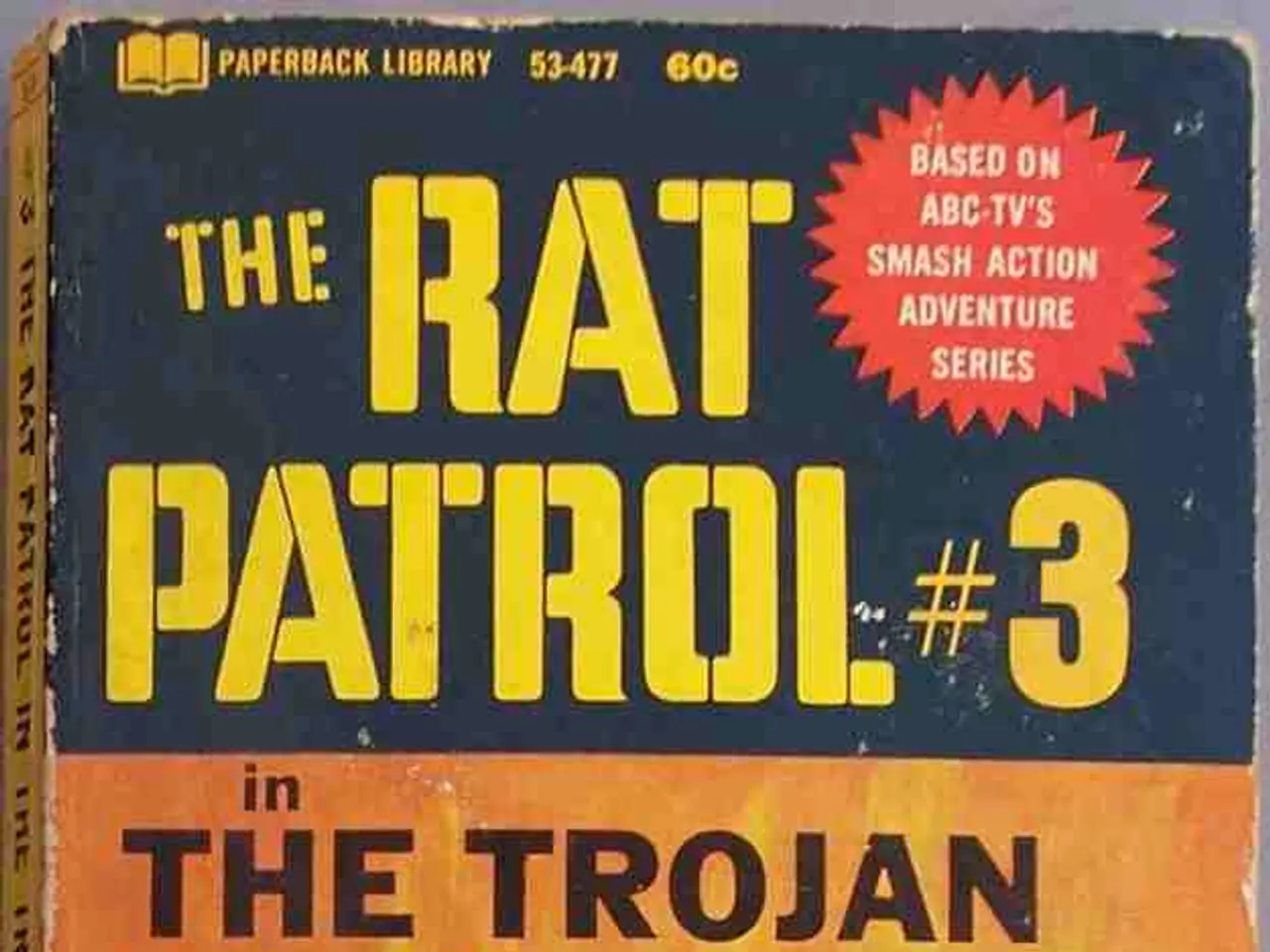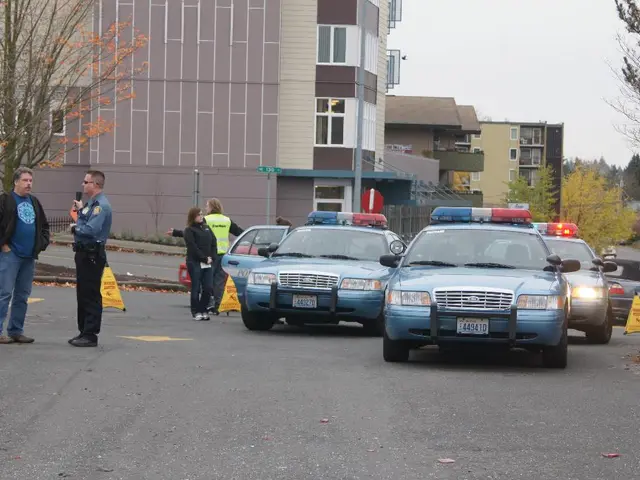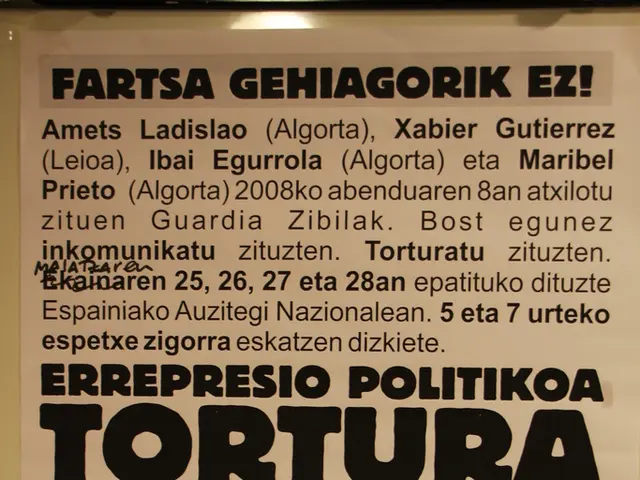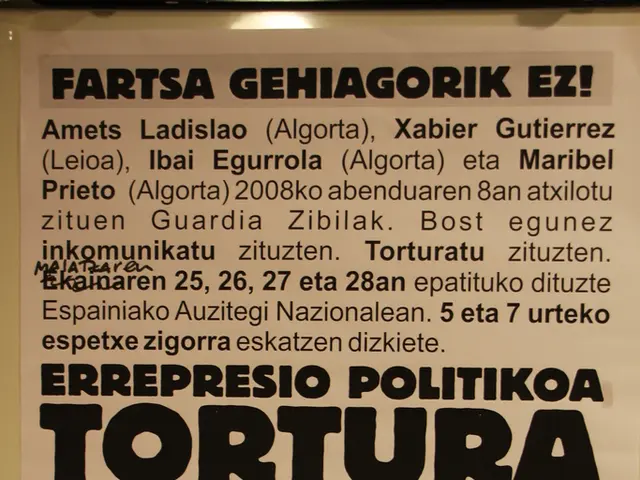Preparations Intensify for Potential Battle in Gaza City, Forecasting Total Destruction
In the heart of Hamas's rule in Gaza, Gaza City, Israel's army faces significant obstacles in a potential military operation aimed at taking control of the densely populated urban area.
Key Challenges
Hamas Strongholds and Tunnel Warfare
Hamas fighters have taken advantage of the city's damaged but still standing high-rise buildings, using them as strategic strongholds. These structures hide anti-tank teams, snipers, lookouts, and facilitate an extensive tunnel network for movement and surprise attacks.
Urban Landscape Complexity
The dense, vertical nature of Gaza City’s urban environment makes conventional combat extremely difficult. The IDF plans to demolish buildings to expose and disrupt Hamas’s tunnels and positions, but this requires large amounts of explosives and heavy engineering equipment, much of which has been heavily used over nearly two years of conflict.
Civilian Evacuation
A ground offensive depends heavily on the evacuation of approximately one million civilians to southern Gaza. Managing such a mass evacuation under active conflict and ensuring civilians do not become trapped amidst fighting poses a significant logistical and humanitarian challenge.
Improvised Explosive Devices (IEDs) and Booby Traps
Historically, Hamas and Hezbollah have relied on IEDs, booby traps, and explosive devices embedded in tunnels, buildings, and streets in Gaza. The urban combat scenario, combined with tunnel warfare, is likely to increase the prevalence of such devices, threatening Israeli troops advancing through the city.
Protracted Siege and Political Complexity
Gaza City is a symbolic and strategic Hamas stronghold. Past ceasefires and sieges illustrate Hamas's ability to endure and adapt. Political and diplomatic efforts to resolve Gaza’s governance remain stalled, which could prolong the fighting and urban resistance Israel anticipates.
The IDF's Approach
The IDF plans a phased approach, encircling the city and advancing carefully into its western high-rises using combined arms including airstrikes, heavy engineering, and infantry operations.
Potential Implications
If the battle in Gaza City occurs, it could potentially be "very similar to Stalingrad," according to Michael Milshtein's comparison to the battle for the city now known as Volgograd, one of the longest and bloodiest in World War II. Mairav Zonszein of the International Crisis Group predicts that the material destruction in Gaza City will be enormous, and warns that the battle could result in both hostage casualties and a large humanitarian disaster.
The attack on Gaza City and central camps further south has been ordered by Israeli Prime Minister Benjamin Netanyahu, with the city's pre-war population of around 760,000 swelling due to the influx of displaced people fleeing military operations to the north. The city, the largest in the Gaza Strip, is considered the "heart of Hamas's rule in Gaza" by Amir Avivi, a former Israeli general. Michael Milshtein, an Israeli former military intelligence officer, estimates that Hamas's military wing could have between 10,000 to 15,000 fighters in Gaza City, many of whom are reportedly freshly recruited.
[1] Goldberg, Jeffrey, and Amos Harel. "Israeli Military Plans for Gaza Offensive." Haaretz, 10 July 2014, www.haaretz.com/israel-news/.premium-1.6041291. [2] Goldberg, Jeffrey, and Amos Harel. "Israeli Military Plans for Gaza Offensive." Haaretz, 10 July 2014, www.haaretz.com/israel-news/.premium-1.6041291.
- The political landscape of Gaza City remains complex due to the presence of Hamas's stronghold, with potential military operations faced with obstacles from the city's urban warfare tactics, civilian evacuation challenges, and the ever-present threat of improvised explosive devices and booby traps.
- In the midst of war-and-conflicts, general-news regarding Gaza City's possible takeover includes reports of crime-and-justice concerns such as a potential increase in the use of Improvised Explosive Devices (IEDs) and Booby Traps, posing a threat to Israeli troops and causing potential hostage casualties and humanitarian disasters.








